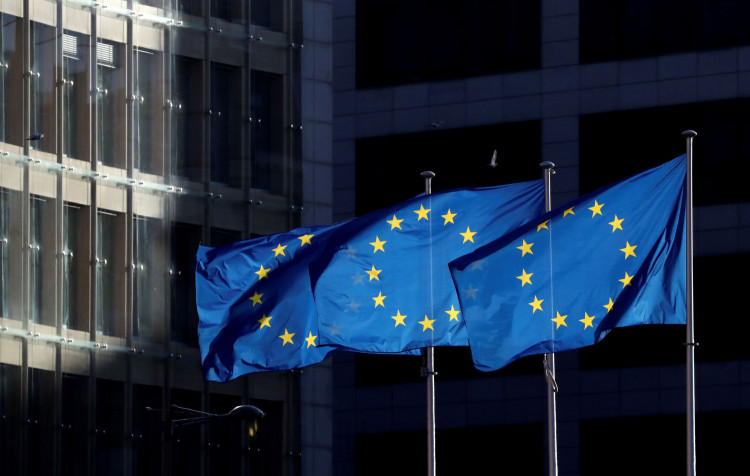The European Union on Wednesday laid out detailed guidelines on how to possibly reopen the continent's internal tourism sector to cross-border travelers. The guidelines were readied to possibly maximize the upcoming summer season where there is the highest number of tourists in the continent pre-COVID-19.
In the guidelines, the European Commission proposed that airlines and airports require passengers to wear masks. There should also be new processes on check-ins, dropoffs, and luggage pickups in such a manner that there would less crowd and lines. The EU does not require having the middle seats empty as this will contradict the goal of pumping money back to the sector.
The guidelines also include a proposal to make vouchers for canceled flights or holidays to have a validation period for a whole year. The voucher should also remain valid even with bankruptcies. This way people will be willing to accept vouchers instead of refund which could also drain airlines' budgets. As for hotels, restaurants, and resorts, people should be allowed service provided that health measures are in place as well.
The guidelines, however, are non-binding on all of EU members. The commission also proposed that international tourists, those coming outside the EU, will still be barred at least until mid-June.
Several European countries welcome the recommendations. For instance, Austria and Germany have plans to reopen their borders to each other on June 15. The majority of Austria's European travelers are from Germany. Germany, on the other hand, aims to reopen borders on June 15 to neighbors in the Schengen area.
Greece also welcomes the proposals with a government spokesperson saying the country will open gradually to tourists.
Switzerland, meanwhile, will reopen its borders to all EU neighbors on the same date, except Italy.
Italy, on the other hand, warned that such an exception could lead to the destruction of the single market. This possibility is most especially true since the most popular destinations in Europe are located in the countries that are the hardest hit of the virus.
As of Wednesday, Europe still has the largest number of confirmed cases worldwide. The continent has a total 1,780,316 cases of COVID-19. The continent also reported 24,527 new cases in the past 24 hours. As many as 159,799 deaths have also been recorded in Europe with additional 1,918 fatalities overnight.
All across Europe, Russia now has the largest number of total COVID-19 cases. As of Wednesday, these are the European countries with more than 20,000 total cases of COVID-19, according to the latest data from the World Health Organization.
Russian Federation (total case 242 271), (new cases 10 028), (total deaths 2 212), (new deaths 96)
Spain (228 030) (594) (26 920) 176
The United Kingdom (226 467) (3 403) (32 692) 627
Italy (221 216) (1 402) (30 911) (172)
Germany (171 306) (798) (7 634) (101)
France (138 161) (670) (26 948) (348)
Belgium (53 779) (330) (8 761) (54)
Netherlands (42 984) (196) (5 510) (54)
Switzerland (30 297) (36) (1 560) (18)
Portugal (27 913) (234) (1 163) (19)
Sweden (27 272) (602) (3 313) (57)
Belarus (25 840) (1 934) (149) (14)
Ireland (23 242) (107) (1 488) (21)






